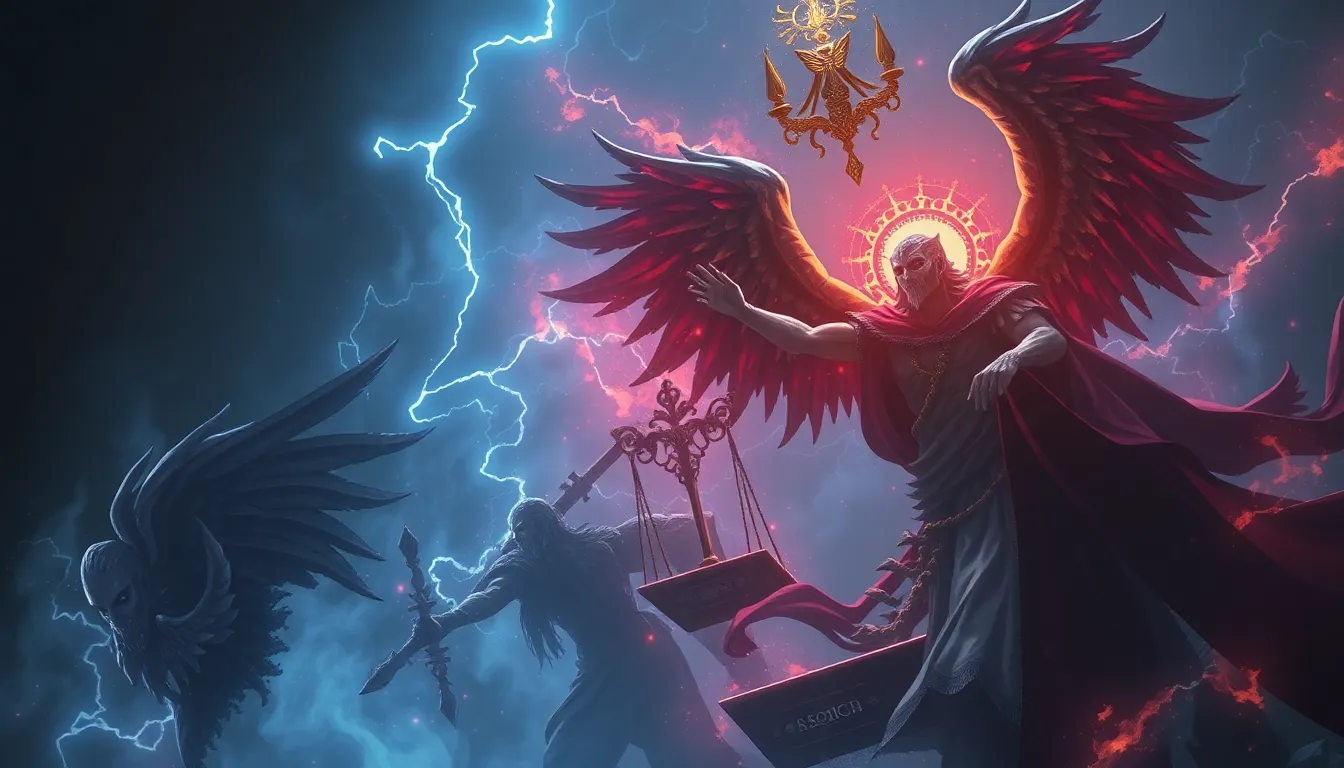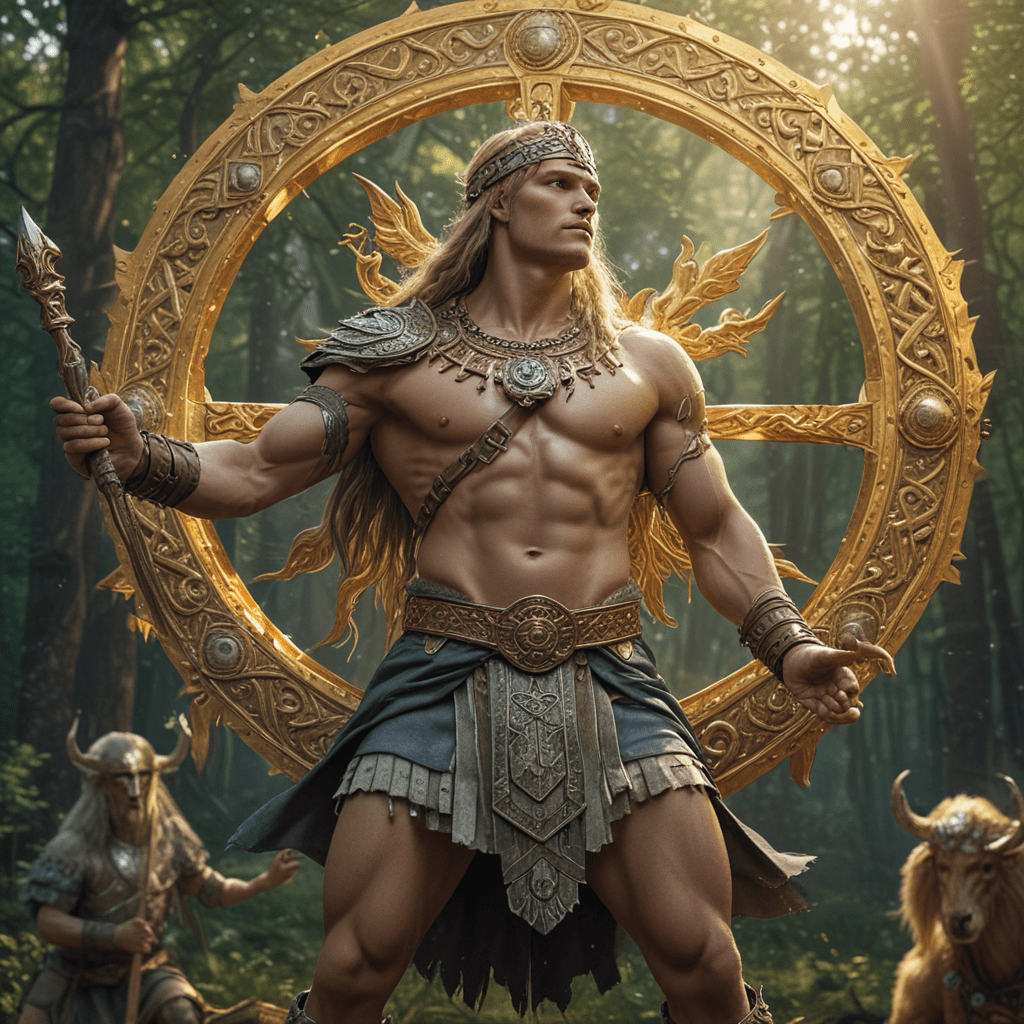The Symbolism of Light in Slavic Mythology
Light has always held a profound significance in the myths and beliefs of Slavic cultures. It was seen as a vital force that could create, protect, and purify. The ancient Slavs believed in various sources of light, each with its unique symbolism and role.
I. Sun: The Giver of Life and Prosperity
The sun, known as Yarilo or Dazhbog, was the most revered celestial body in Slavic mythology. It represented life, growth, and prosperity. The sun's rays were believed to bring fertility to the land and warmth to the people. It was also associated with the god of thunder and lightning, Perun, who protected the crops and the warriors.
II. Moon: The Enchantress of Night and Mysteries
The moon, known as Mesyats or Luna, was a feminine deity associated with the night, mysteries, and magic. Its phases were believed to influence the tides, crops, and human emotions. The full moon was seen as a time of heightened emotions and spiritual power, while the new moon was considered a time of reflection and renewal. The moon was also connected to the goddess of love and beauty, Lada.
III. Fire: The Purifier and Protector
Fire, known as Ogon, was a sacred element revered for its ability to purify, protect, and bring light into the darkness. The ancient Slavs used fire in rituals to ward off evil spirits and protect their homes. They also believed that the hearth fire was the heart of the household and represented the family's well-being and unity.
IV. Lightning: The Messenger of the Gods
Lightning, known as Perun, was considered a manifestation of the god of thunder and lightning. It was seen as a messenger from the gods, bringing both good fortune and destruction. The ancient Slavs believed that lightning could strike down evil and purify the land, but it could also cause harm if not respected.
V. Aurora Borealis: The Dance of Heavenly Spirits
The Aurora Borealis, known as Severnoye Siyaniye, held a special significance in Slavic mythology. It was believed to be the dance of heavenly spirits or the reflection of a distant battle between good and evil forces. The colors and patterns of the Northern Lights were said to have predictive powers and could foretell the future.
VI. Stars: Guides and Messengers from the Beyond
Stars, known as Zvezdy, were believed to be celestial beings who watched over the world and guided the destinies of humans. The ancient Slavs associated different stars with specific gods and goddesses. For example, the constellation Orion was seen as the embodiment of the god Veles, the protector of cattle and the lord of the underworld. The Pleiades star cluster was believed to bring good luck and fertility, while the Big Dipper was said to represent the god Svarog, the celestial blacksmith.
VII. Slavic Gods and Goddesses Associated with Light
Numerous Slavic gods and goddesses were associated with different aspects of light. Yarilo, the



